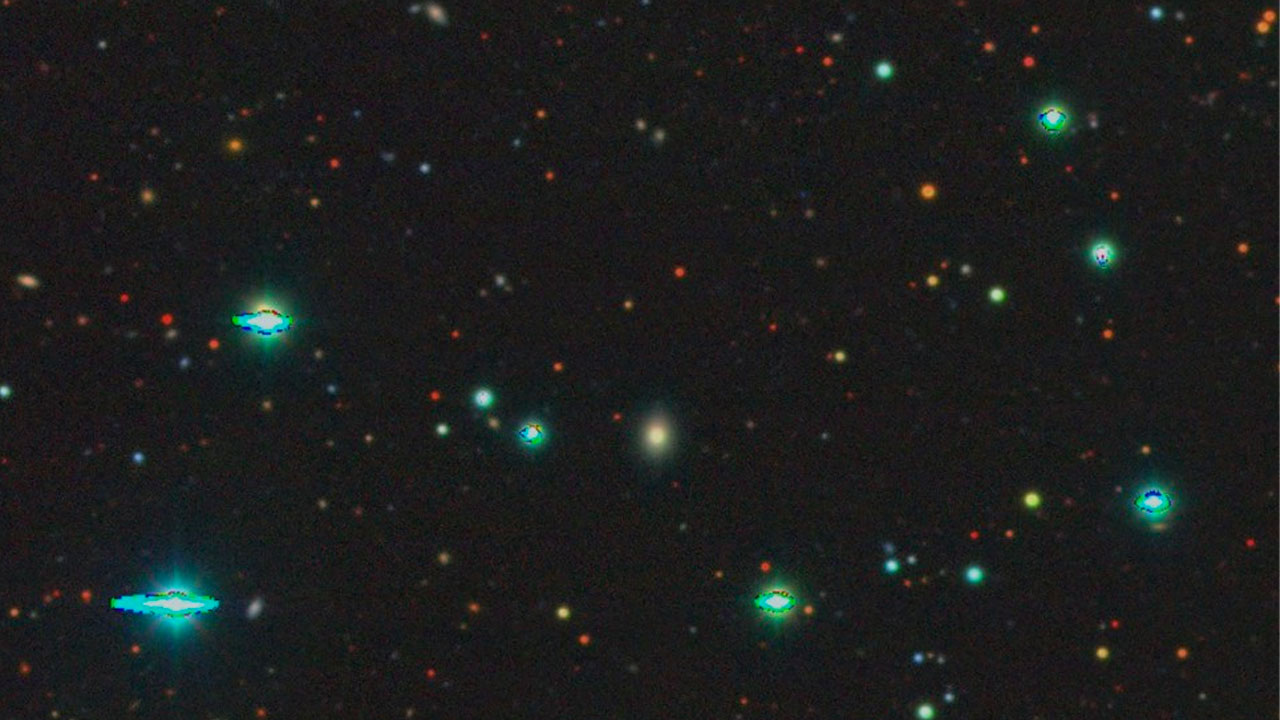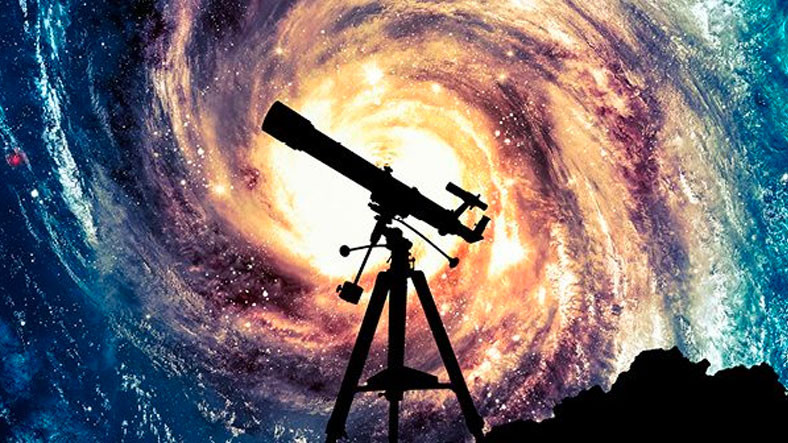The discovery of supernovae, made by astronomers after long periods of observation and research, can now be made completely unmanned. The new system developed by the team detects supernovae in the sky without the need for human assistance, analyzes the results and shares the data.
This new system, called BTSbot, was trained using more than a million images obtained from more than 16,000 sources. BTSbot, which was subsequently tested and the data obtained was verified, will now be actively used by astronomers.
The first supernova of artificial intelligence: SN2023tyk

BTSbot has detected the newly discovered supernova, named SN2023tyk, in data from the Zwicky Transient Facility (ZTF), a robotic camera in California that scans the northern sky every two days.
ZTF captured the cosmic explosion in the night sky on October 3, and BTSbot began analyzing the data in real time. He then found the supernova in ZTF data on October 5. After communicating with other robotic devices, BTSbot was able to confirm the discovery, and the report treating the event as a Type Ia supernova was shared on October 7.
If there were no BTSbot, the cosmic explosion report in the data coming from ZTF would be examined by astronomers, then they would be checked and the data would be analyzed and a conclusion would be drawn; Once the classification was made, the report would be prepared and shared by scientists. BTSbot managed to handle this process on its own, which took days.
It will save scientists thousands of hours;

Over the past six years, scientists have spent more than 2,200 hours visually detecting and classifying supernova candidates. However, the research is not limited to this; more detailed studies need to be conducted, including investigations into the sources of these findings, the life cycles of stars, and the origins of elements such as carbon, iron, and gold created by supernovae.
By speeding up the discovery process and removing people from the process, BTSboy ensures that the remaining time can be spent on these aspects of research.
Follow Webtekno on Threads and don’t miss the news















